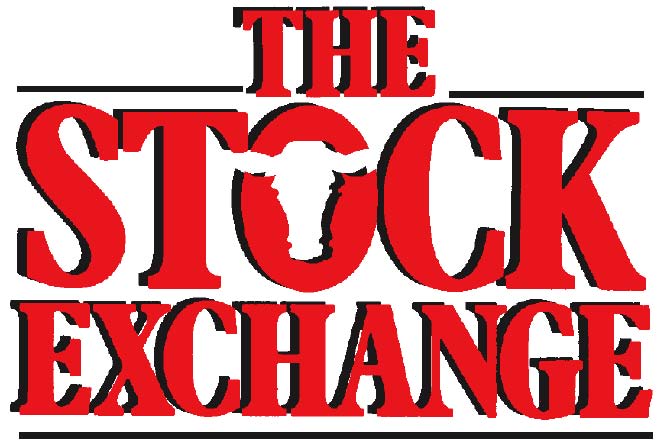Foreign Animal Disease: Implications for Traceability
Elliott Dennis, Livestock Marketing and Risk Management Economist Photo credit Troy Walz. Two statements commonly spoken by market analysts and producers are: 1) beef is a differentiated product and 2) global beef supply impacts domestic prices. These are so frequently quoted that we might forget how these two statements imply modifications in local risk management and production practices. So, how do these statements apply to a hypothetical Foot and Mouth Disease (FMD) situation…
